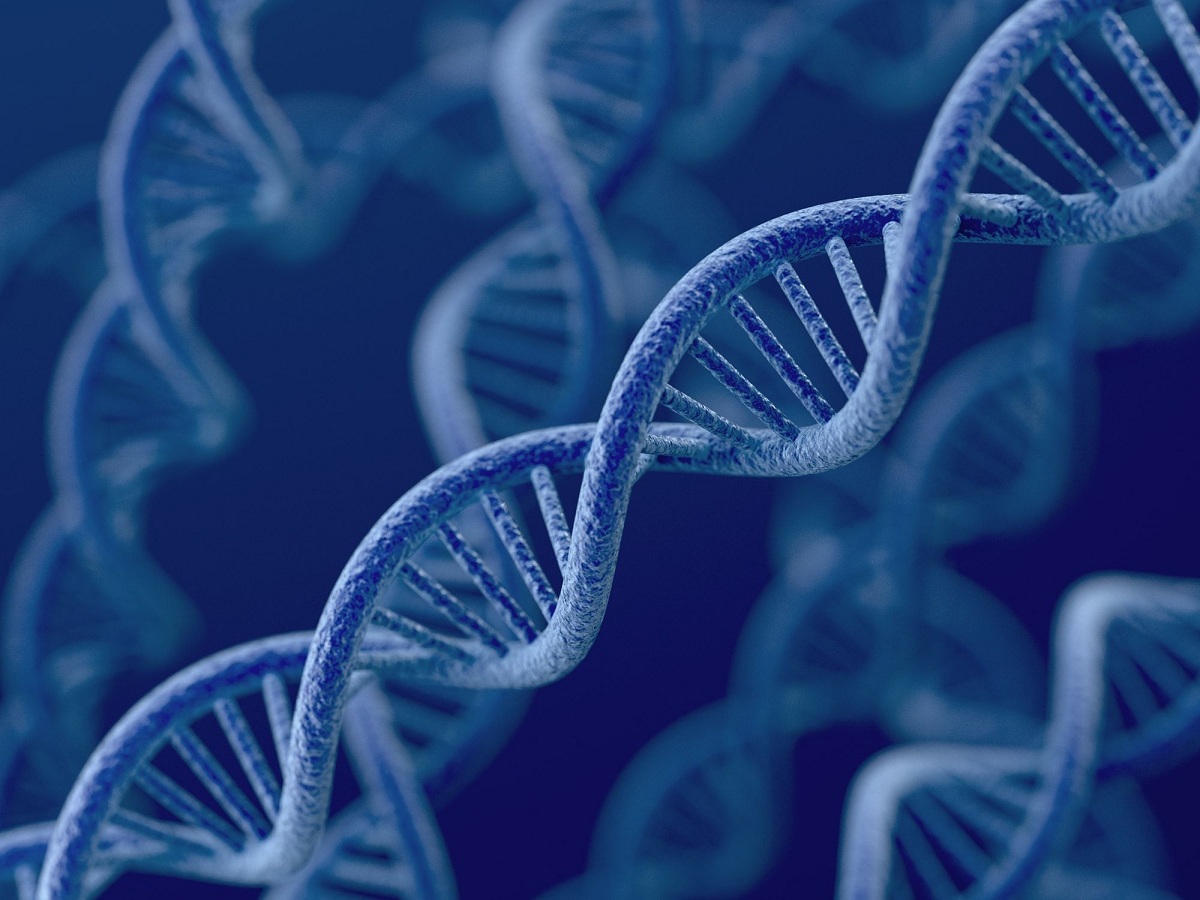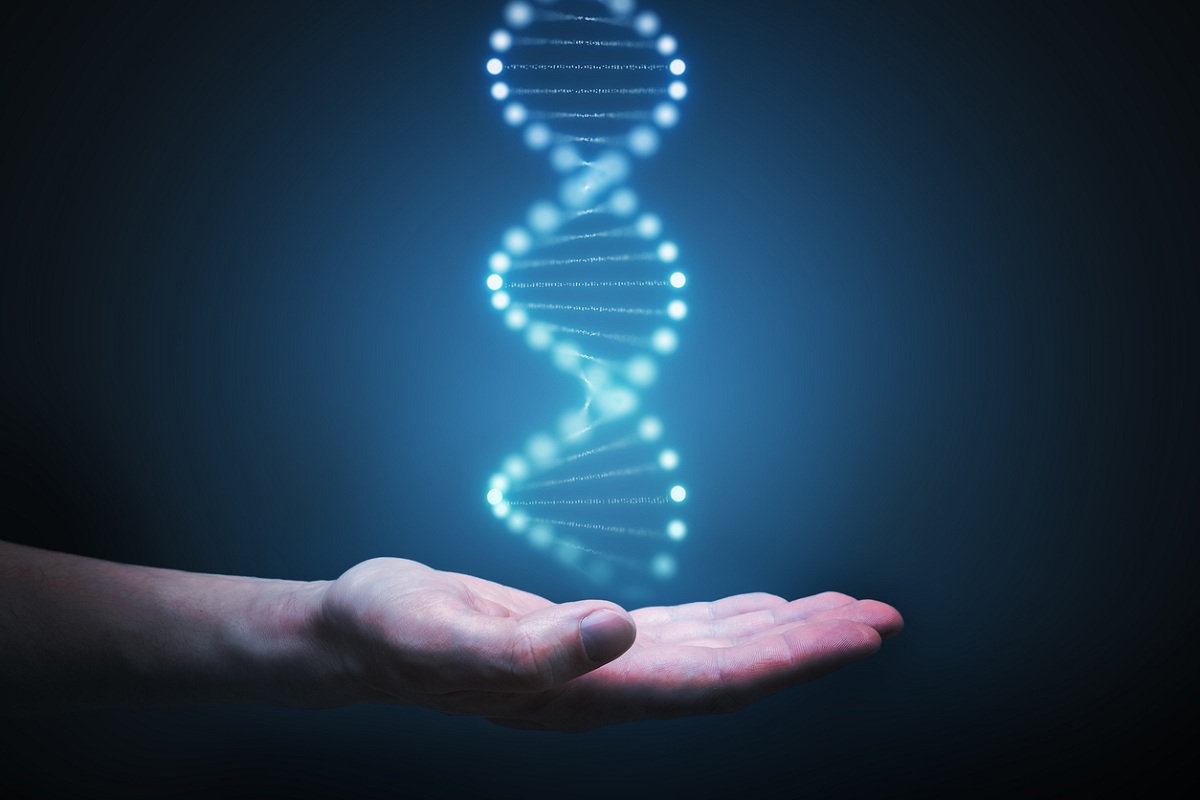
Today we are going to talk about nitrogenous bases. They are those that contain genetic information and are composed of two purines and two pyrimidines. Purines are known as Adenine and Guanine, while Pyrimidines are known as Thymine and Cytosine. Troj in fairies has great importance in a person's DNA.
Therefore, we are going to dedicate this article to tell you everything you need to know about nitrogenous bases, their characteristics and importance.
Nucleic acids

When we speak of nucleic acids we refer to the biomolecules that are those that contain genetic information. They are biopolymers that have a fairly high molecular weight and that are formed by other smaller units that are structural and that are known as nucleotides. If we analyze it from the clinical point of view, nucleic acids are large molecules that are made up of linear polymers of nucleotides. All polymers that are linked by phosphate ester bonds without any periodicity.
In this case, the nucleic acids are divided into deoxyribonucleic acid that is found residing in the nucleus of cells and other organelles and ribonucleic acid that is found in the cytoplasm. They are made up of long chains of nucleotides that are linked by phosphate groups. No type of periodicity has been found between these links. The largest molecules are made up of hundreds of millions of nucleotides in a single covalent structure. This is due to the degree of polymerization between nucleotides can be very high.
In the same way, the proteins we consume from food are also polymers that are aperiodic aligned by amino acids. This lack of periodicity causes the existence of information. Scientists have discovered that nucleic acids are the information repository for all amino acid sequences of all cell proteins. It is known that there is a correlation between both sequences, which is expressed by saying that nucleic acids and proteins are collinear. The description of all this correlation is known as the genetic code. The genetic code is the one that establishes the sequence of nucleotides within a nucleic acid corresponding to an amino acid in a protein.
It must be remembered that it is the molecules that have the genetic information of the organisms and are responsible for their hereditary transmission.
Nitrogenous Bases

Knowledge of the structure of nucleic acids has allowed us to learn more about the genetic code of the human being. Thanks to this, we know the mechanism and control of protein synthesis and the mechanism of transmission of genetic information from stem cells to daughter cells.
This is where the importance of nitrogenous bases begins to come in. And there are two types of nucleic acids, as we mentioned above. They simply differ between them by the sugar they carry. On the one hand we have deoxyribose and on the other hand ribose. They are also differentiated by the nitrogenous bases they contain. In the case of DNA, we have the adenine, guanine, cytosine, and thymine. On the other hand, in RNA we have the adenine, guanine, cytosine, and uracil. The difference is that the structure of the chains of nitrogenous bases is different in DNA and RNA. While in DNA they are double strands, in RNA it is a single strand.
Description and types of nitrogenous bases

We know that the nitrogenous bases are those that contain the genetic information. While the puric and pyrimidine bases are aromatic and flat. This is important when we consider the structure of nucleic acids. I also have to bear in mind that nitrogenous bases are insoluble in water and can establish certain hydrophobic interactions between them. That is, they cannot be linked together.
These characteristics that nitrogenous bases have serve to stabilize the three-dimensional structure of the nucleic acids that make up DNA. Nitrogen bases always absorb light and when they are in the range of the ultraviolet electromagnetic spectrum between values of 250-280nm. This property has been used since it was discovered by scientists for its study and quantification.
The puric bases are based on a Purine ring. They can be seen since they are a kite system composed of 9 atoms, 5 of them are carbon and 4 of them are nitrogens. The Adenine and Guanine are formed from a purine. Pyrimidine nitrogenous bases are based on the pyrimidine ring. It is a flat system that has 6 atoms, 4 of them are carbons and the other 2 are nitrogens.
Modified bases and nucleosides
The pyrimidine bases are completely degraded to water, carbon dioxide and urea. In addition to the purine and pyrimidine bases that we have discussed, we can also find modified bases. The most abundant modified bases are 5-methylcytosine, 5-hydroxymethylcytosine, and 6-methyladenine, which have been linked to the regulation of DNA expression. On the other hand, we also have 7-methylguanine and dihydrouracil that are part of the structure of RNA, since they have uracil.
Other quite frequent modified bases are Hypoxanthine and Xanthine. They are metabolic intermediates that are products of the reaction of DNA with mutagenic substances.
As nucleosides, they are the union of a pentose base that takes place through a glycosidic bond between the carbon of one of ribose or deoxyribose and a nitrogen of the nitrogenous base. In the case of the pyrimidines they bind with nitrogen 1, while in the purines they bind with nitrogen 9. It must be taken into account that in this union the water molecule is lost.
Scientists try to avoid confusion in the nomenclature of nucleosides and nucleosides and therefore, numbers followed by an apostrophe are designated when talking about the pentose atoms. In this way, it can be distinguished from those of the nitrogenous base.
I hope that with this information you can learn more about nitrogenous bases and their characteristics.